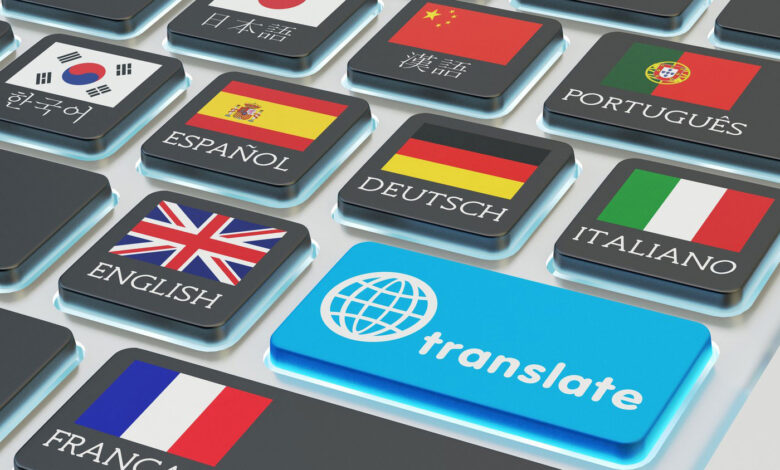The Dos and Don’ts of Arabic Translation for Websites
Crafting a Culturally Resonant Digital Presence: Navigating Arabic Website Translation

In today’s digital age, a website is often the first point of contact between a business and its potential customers. For businesses aiming to tap into the vast and diverse Arabic-speaking market, ensuring that their website speaks the language—both literally and culturally—is paramount. However, Arabic translation for websites comes with its unique set of challenges and nuances. Here’s a guide on the dos and don’ts to ensure your website resonates with the Arabic audience.
The Dos:
- Embrace Right-to-Left (RTL) Design:
Arabic is written and read from right to left. Ensure your website layout, navigation, and design elements are optimized for RTL reading. - Localize, Don’t Just Translate:
Beyond mere translation, ensure that content, images, and design elements are culturally appropriate and resonate with the local audience. - Consider Dialectal Differences:
Arabic has various dialects, each unique to a region. Tailor your content to the specific dialect of your target audience, whether it’s Gulf, Egyptian, Levantine, or Modern Standard Arabic. - Optimize for Arabic SEO:
Use locally relevant keywords and phrases to ensure your website ranks higher in local search results. - Test on Multiple Devices:
Ensure that your Arabic website is responsive and displays correctly across various devices, including mobile phones, tablets, and desktops.
The Don’ts:
- Avoid Literal Translations:
Direct word-for-word translations can lead to awkward phrasing or even misunderstandings. Ensure translations capture the essence and context of the content. - Don’t Overlook Cultural Sensitivities:
The Arab world has strong cultural values and traditions. Avoid content, images, or topics that might be considered inappropriate or offensive. - Don’t Neglect Date and Number Formats:
Dates, currency symbols, and number formats can vary. Ensure they align with the conventions of the Arabic-speaking region you’re targeting. - Avoid Using Automated Translation Tools Exclusively:
While tools like Google Translate can be helpful, relying solely on them can lead to inaccuracies. Always have a native Arabic speaker review and refine the translations. - Don’t Forget About Customer Support:
If you’re offering products or services to the Arabic market, ensure that customer support is available in Arabic, whether it’s through chat, email, or phone.
Conclusion
Arabic translation for websites is not just about language; it’s about creating a seamless and culturally resonant user experience. By adhering to these dos and don’ts, businesses can ensure that their website not only communicates effectively but also builds trust and credibility among the Arabic-speaking audience.
About Text Power
Text Power is a leading Arabic translation company based in Dubai, United Arab Emirates. With a team of highly experienced and qualified professional translators, we provide premium translation services to businesses looking to expand their reach in the Middle East market. Our services include translation of company profiles, product brochures, press releases, newsletters, websites, product descriptions, catalogs, manuals, official documents, and software localization. We specialize in legal, technical, medical, marketing, and financial translations, but also provide other Arabic linguistic services based on the client’s needs. We have a long history of providing high-quality translations to satisfied clients from various business sectors, and we are committed to helping our clients succeed in the Middle East market.
